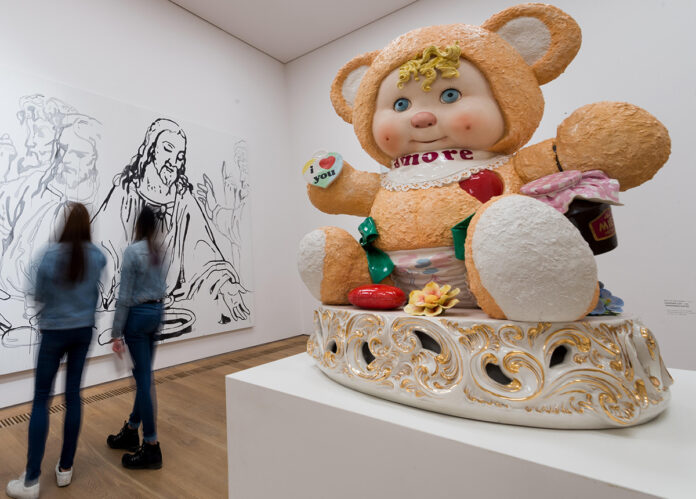
By Madeline Lissner – 26 October 2017
Earlier this month one of the leading economic theorists on irrational behavior, Professor Richard Thaler, was awarded a Nobel Prize. The assumption that people behave rationally underlies most economic theory, but Thaler’s research in the field of behavioral economics has focused instead on how and when people behave irrationally. Many of his theories can be applied to the art market.
Anchoring and adjustment
Anchoring is a priming effect in which judgment is influenced by initial exposure to either a specific number or to the particular order in which questions are asked. For example, if people taking part in a survey are asked whether Paul Cézanne was more than 90 years old when he died, they are likely to guess that he led a longer life than if the question had referred to his death aged 40.
The effects of anchoring are seen at auction with estimates. Potential bidders will start with the estimates as a reference point and adjust around them. If the estimates are too high, potential bidders frequently refrain from bidding. This is despite the fact that they don’t know where the reserve is set: the work could sell below the low estimate if the reserve is set for less than that amount. Conversely, an estimate that seems too low can cause potential bidders to question whether there are issues with the work, even if other red flags are not apparent.
Framing concept
In his bestselling book Nudge: Improving Decisions About Health, Wealth and Happiness (2008), co-authored by Cass R. Sunstein, Thaler describes how the words a doctor chooses to describe a patient’s treatment options impact how appealing a patient finds those courses of action. If the doctor frames the outcome of an operation by saying that, “of the 100 patients who have had this operation, 90 are alive after five years”, the patient will typically be more interested in having it than if he or she is told that, “of the 100 patients who have had the operation, 10 are dead after five years”.
Galleries understand the importance of framing in how they state the asking prices for works of art. Active participants in the primary or secondary market expect they will receive a discount of around 10% to 20% on the asking price. Even though a gallery may have expected to net this lower price from the beginning of negotiations, it will frame the price higher so the buyer feels like they are getting a good deal.
Analysis – This article is incredibly insightful and meaningful to my research for a number of reasons. Firstly, it focuses on the analysis of renowned behavioral economics author & theorist, Professor Richard Thaler. This is an author I have found a few resources of interest by, so his perspective on how these principle apply to the art world are intriguing. Additionally, this offers an interesting look at a non-traditional marketplace for a product type that diverges from “designed” products. The article speaks on psychological motivations specific to consumers in the art world, a viewpoint that will offer some unique insight to my inquiry around consumer mentality with regards to access vs. ownership.



